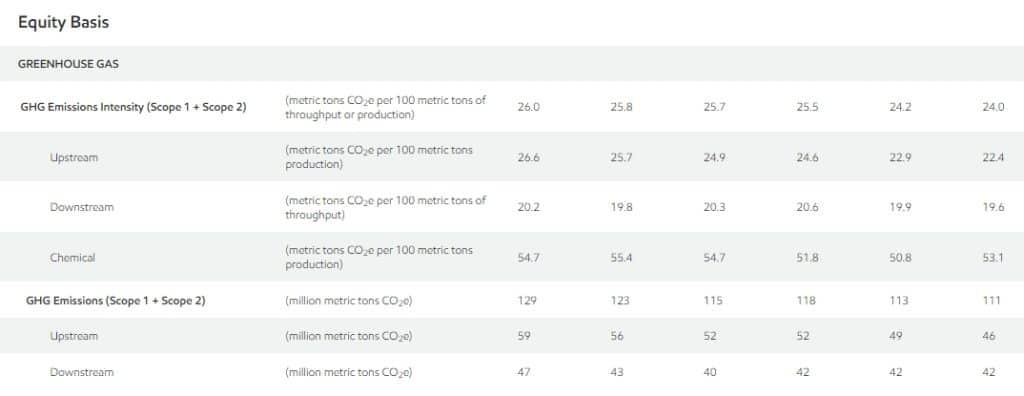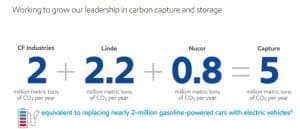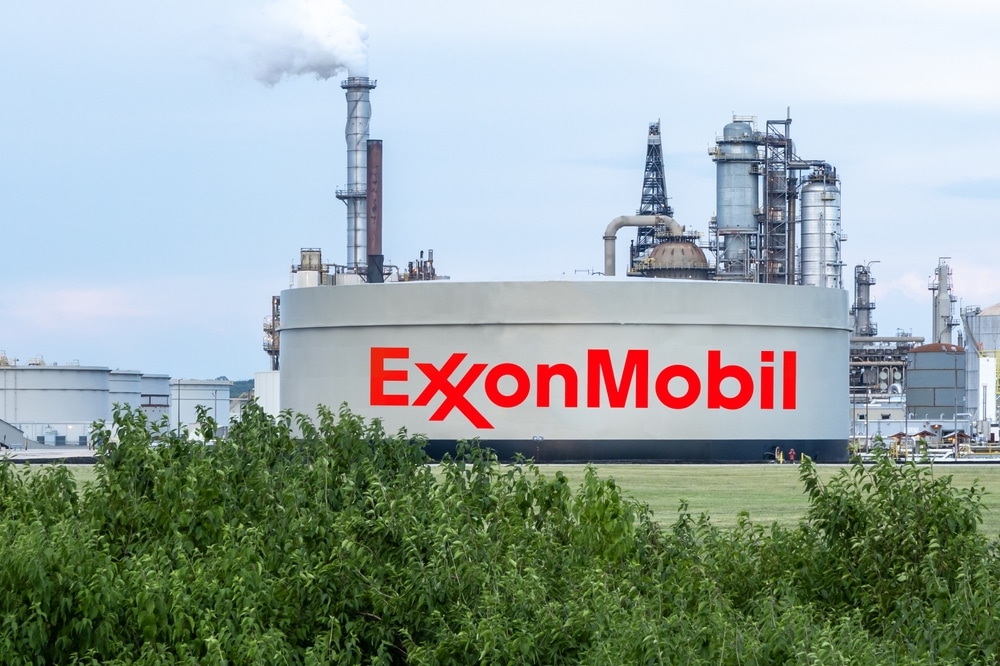In an impressive second quarter, ExxonMobil has revealed record profits while cutting emissions. The company’s strong financial results and reduced environmental impact highlight its success in balancing profitability with sustainability.
Exxon Excels in Q2 Profits
ExxonMobil reported its second-quarter 2024 earnings on August 2, revealing a strong financial performance. The company earned $9.2 billion, or an adjusted $2.14 per share. This indicated a 17% jump from the previous year’s profits of $7.9 billion. The acquisition of Pioneer Natural, finalized in May, boosted Exxon’s earnings by $500 million.
Furthermore, excluding working capital movements, cash flow from operations reached $15.2 billion. Exxon Mobil also distributed $9.5 billion to shareholders, including $4.3 billion in dividends and $5.2 billion in share repurchases. These results are consistent with the company’s announced plans.
Darren Woods, Exxon’s chairman and CEO remarked,
“We delivered our second-highest 2Q earnings of the past decade as we continue to improve the fundamental earnings power of the company.”
The company achieved the highest production levels in Guyana and the Permian Basin. As per their press release, total net production in Upstream rose by 15%, adding 574,000 oil-equivalent barrels per day from the first quarter.
Exxon also added new businesses. For example, they advanced their carbon capture and storage (CCS) efforts with a new deal that boosted the total contracted CO2 offtake with industrial customers to 5.5 million metric tons annually. This amount is the biggest ever announced by any company.
ExxonMobil: Cutting Emissions for Cleaner Air
The company has reduced its emissions of nitrogen oxides, sulfur oxides, and volatile organic compounds from 2016 to 2022 by about 23%. Key steps highlighted in their sustainability report are:
- Understanding the composition and extent of emissions
- Meeting or exceeding environmental regulations
- Reducing air emissions to minimize local impacts
- Monitoring air quality science and health standards
For new projects, Exxon follows strict environmental policies and standards. They guide facility designs and operations and practice specific procedures at each site to control air emissions effectively.
In 2023, ExxonMobil’s equity-based GHG emissions were 111MMTCO2e.
This was a reduction of 2mmt compared to the previous year. Additionally, their 2030 plans to reduce GHG emissions are intensity-based. They focus on reducing Scope 1 and 2 emissions from their operations, compared to 2016 levels.
Check out the emission data below ranging from 2016-2023.

These actions are also expected to achieve a 20% absolute reduction in corporate-wide GHG emissions with the 2016 baseline. Notably, Exxon’s 2030 emission reduction plans align with the Paris Agreement.
Statista reported that in 1965, the oil giant released more than 40 billion metric tons of carbon dioxide equivalent, making it one of the biggest contributors to global greenhouse gas emissions in the world.
Woods further said,
“The focused actions we have taken have enabled us to accelerate greenhouse gas reductions, particularly in the areas of methane and flaring. We anticipate meeting our 2025 greenhouse gas emission-reduction plans ahead of schedule, which gives us the confidence to set more aggressive medium-term goals across all of our businesses.”
Net-Zero Path: Pioneering in Low Carbon Solution Business
As the world moves toward net zero, emission-reduction markets are set to grow. Exxon wants to create opportunities for its Low Carbon Solutions business which is significant for their expansion. Apart from mitigating emissions, they focus on strong returns and value during the energy transition.
“Our company manages molecules”- Exxon
For decades, Exxon has focused on capturing, transporting, and storing molecules, producing hydrogen, and sourcing lower-carbon-intensity molecules. It is rapidly expanding its business in these areas with a potential market value of over $6 trillion by 2050.
Carbon Capture and Storage
Exxon’s acquisition of Denbury Inc. is poised to give a major boost to projects and open new opportunities along the U.S. Gulf Coast and beyond. Denbury’s 1,300 miles of CO2 pipelines, primarily in Gulf Coast states, and its strategically located assets are ideal for combating emissions.
Overall, this acquisition supports efficient carbon capture and storage and benefits multiple low-carbon businesses. The goal is to reduce emissions by over 100 MMT annually faster and cost-effectively.
Exxon’s CCS portfolio also includes partnerships with the companies mentioned in the image:

Hydrogen
ExxonMobil uses hydrogen extensively in its refining and chemical plants and plans to expand this use. In Baytown, Texas, the company is building the world’s largest low-carbon hydrogen production facility. This plant will produce 1 billion cubic feet of hydrogen daily, enough to power 1.5 million homes.
The facility will capture over 98% of CO2, about 7 MMTs annually, and provide clean hydrogen to Gulf Coast industrial customers and Baytown facilities. The project, using certified lower-emission natural gas from the Permian Basin, is expected to start in 2028.
Looking ahead, ExxonMobil is exploring technology advancements and transport solutions. It participates in initiatives to advance low-carbon hydrogen and address blending hydrogen into natural gas pipelines. The company is also collaborating with the MIT Energy Initiative to develop a carbon life-cycle tool that will help policymakers design effective emission-reducing technologies.
Lithium
In a new development last November, Exxon announced plans to produce lithium carbonate for EV batteries using direct lithium extraction (DLE) technology in southern Arkansas. The first production is set to begin in 2027, and the product will be branded as Mobil™ Lithium. This significant achievement in energy transition will also advance U.S. climate policy while minimizing environmental impacts.
Lower-Emissions Fuels
Lower-emission fuels, including biofuels from plants and synthetics made from hydrogen and CO2, produce fewer emissions than traditional fuels. They offer high energy density for heavy trucks, with renewable diesel reducing carbon emissions by up to 70%. Demand is expected to grow significantly, especially in aviation, marine, and heavy-duty trucking, with projections reaching nearly 9 million oil-equivalent barrels per day by 2050.
The company is using the latest technology to expand lower-emission fuels and innovating next-generation options through its Low Carbon Solutions business. Some remarkable efforts include integrating biomass-based fuel production with carbon capture and exploring natural gas conversion into methanol-based fuels.
Current initiatives feature expanding renewable fuel production at the Strathcona, Canada refinery, and delivering certified sustainable aviation fuel (SAF) to Changi Airport in Singapore as part of a pilot project.


